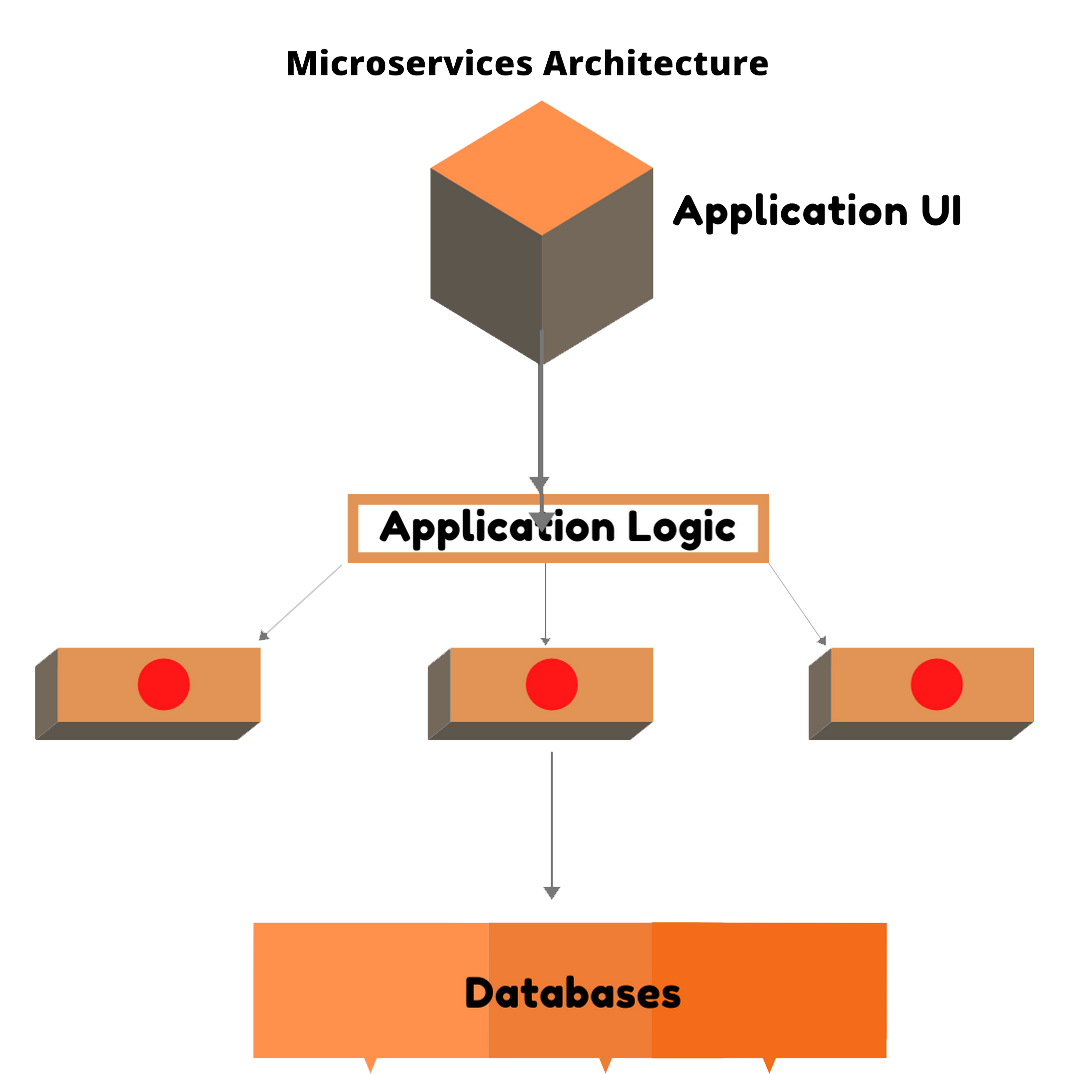


Microservice architecture, or simply microservices, is a distinctive method of developing software systems that tries to focus on building single-function modules with well-defined interfaces and operations. The trend has grown popular in recent years as Enterprises look to become more Agile and move towards a DevOps and continuous testing.


Microservices have many benefits for Agile and DevOps teams - as Martin Fowler points out, Netflix, eBay, Amazon, Twitter, PayPal, and other tech stars have all evolved from monolithic to microservices architecture. Unlike microservices, a monolith application is built as a single, autonomous unit. This make changes to the application slow as it affects the entire system. A modification made to a small section of code might require building and deploying an entirely new version of software. Scaling specific functions of an application, also means you have to scale the entire application.
Microservices solve these challenges of monolithic systems by being as modular as possible. In the simplest form, they help build an application as a suite of small services, each running in its own process and are independently deployable. These services may be written in different programming languages and may use different data storage techniques. While this results in the development of systems that are scalable and flexible, it needs a dynamic makeover. Microservices are often connecta via APIs, and can leverage many of the same tools and solutions that have grown in the RESTful and web service ecosystem. Testing these APIs can help validate the flow of data and information throughout your microservice deployment.